On March 2, 1861, President James Buchanan signed the Organic Act, which created
Dakota Territory—which consisted of what is now modern North Dakota and South Dakota. The Organic Act outlined what had to be done in order for the Territory of Dakota to organize as a new territory and how to follow federal law that applies to U.S. territories. This was celebrated by Europeans and Americans because it opened up new land for them to legally move into and claim for themselves. However, this was devastating for Native American populations, reduced their lands, and forced them onto reservations. The new territory of Dakota wrote pamphlets in many European languages to help bring new settlers to the area to farm and build towns. In 1889 North Dakota became a state, and by 1910 there were immigrants from 16 different European and the Middle Eastern countries. Many of those were Scandinavian, German, and German-Russian. Foreign born residents and their children made up more than 70 percent of the state’s population. Only New York with its large urban immigrant population had a similar percentage of foreign born population at the time.
Dakota Territory—which consisted of what is now modern North Dakota and South Dakota. The Organic Act outlined what had to be done in order for the Territory of Dakota to organize as a new territory and how to follow federal law that applies to U.S. territories. This was celebrated by Europeans and Americans because it opened up new land for them to legally move into and claim for themselves. However, this was devastating for Native American populations, reduced their lands, and forced them onto reservations. The new territory of Dakota wrote pamphlets in many European languages to help bring new settlers to the area to farm and build towns. In 1889 North Dakota became a state, and by 1910 there were immigrants from 16 different European and the Middle Eastern countries. Many of those were Scandinavian, German, and German-Russian. Foreign born residents and their children made up more than 70 percent of the state’s population. Only New York with its large urban immigrant population had a similar percentage of foreign born population at the time.
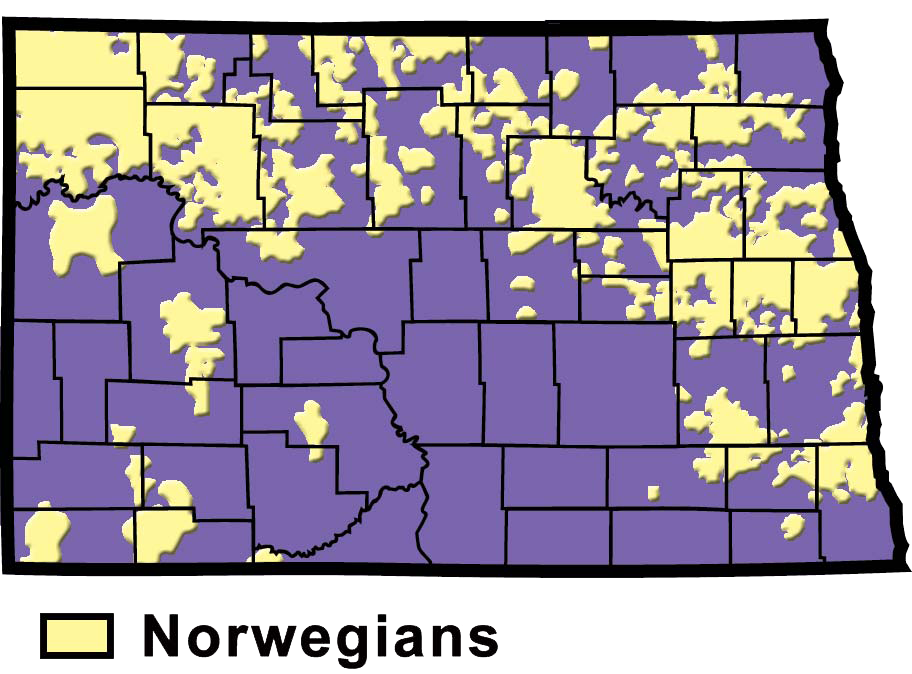
Settlement of Norwegians in North Dakota. SHSND-ND Studies, Data by William Sherman
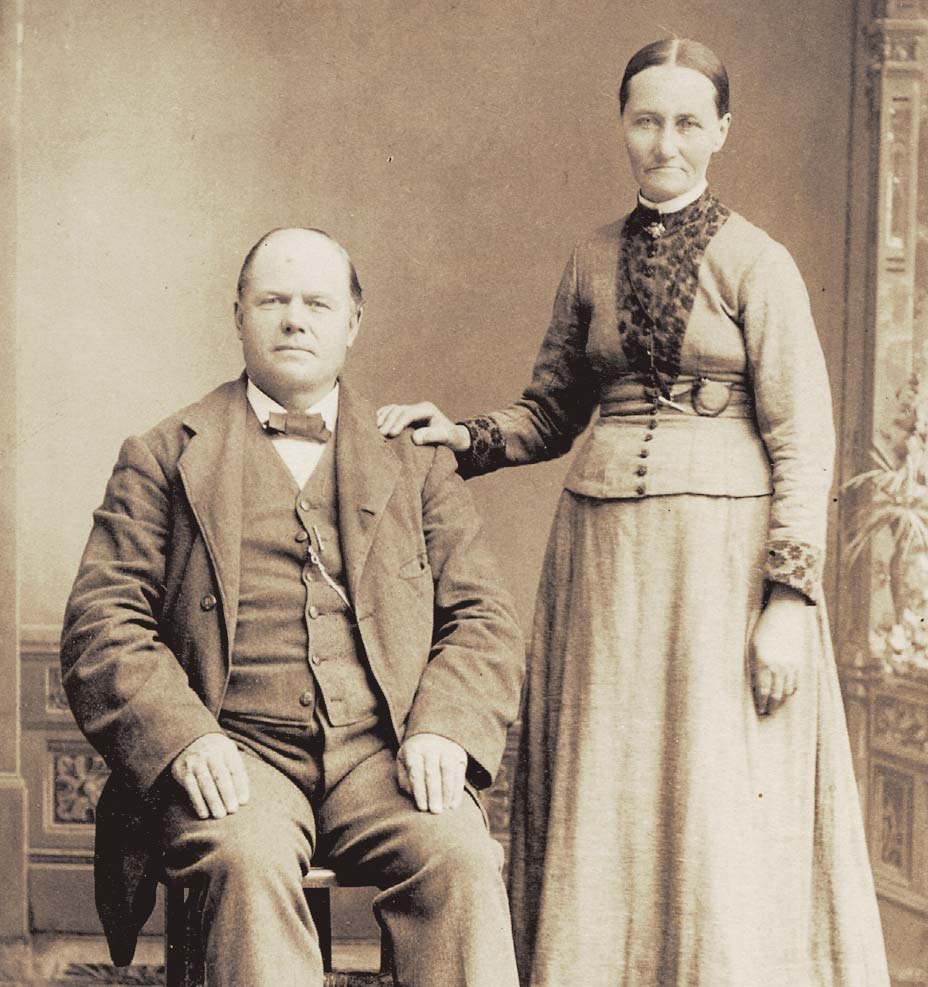
Norwegian immigrant couple, 1880s. Institute for Regional Studies, NDSU, 0150-01-01
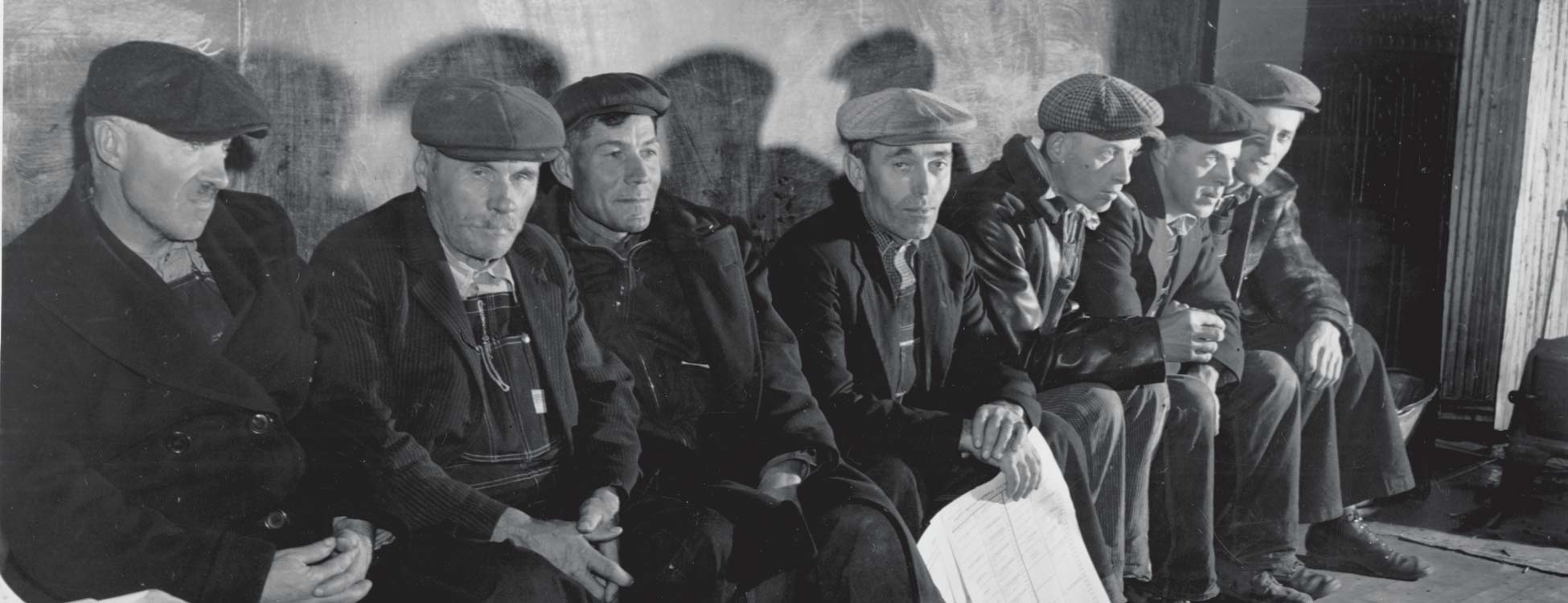
German-Russian immigrants, McIntosh County, North Dakota. SHSND 0075-233
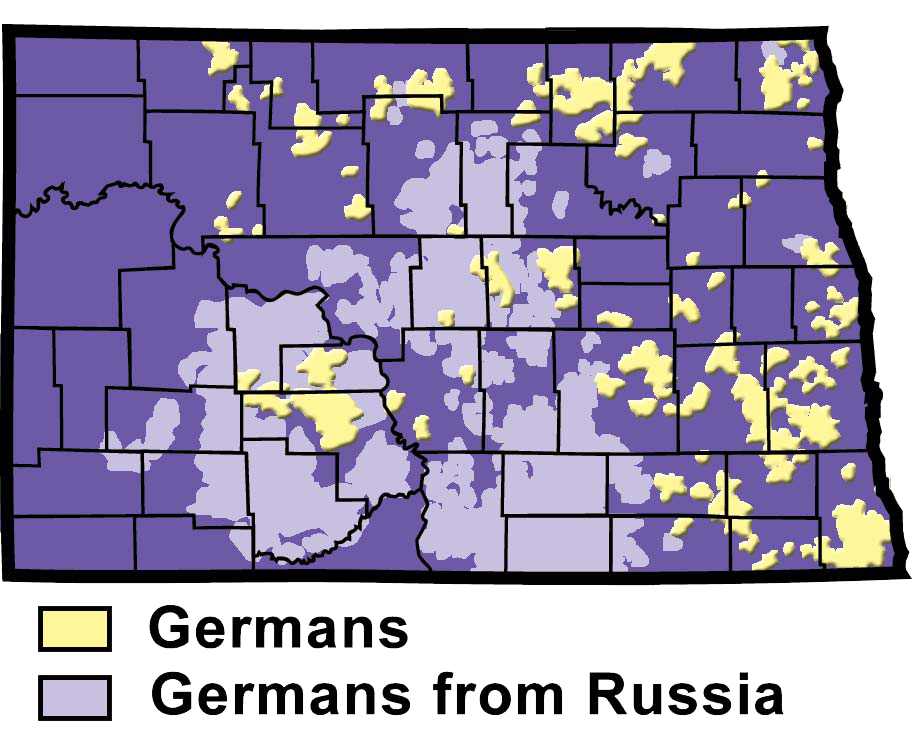
Settlement of Germans and Germans from Russia in North Dakota. SHSND-ND Studies, Data by William Sherman
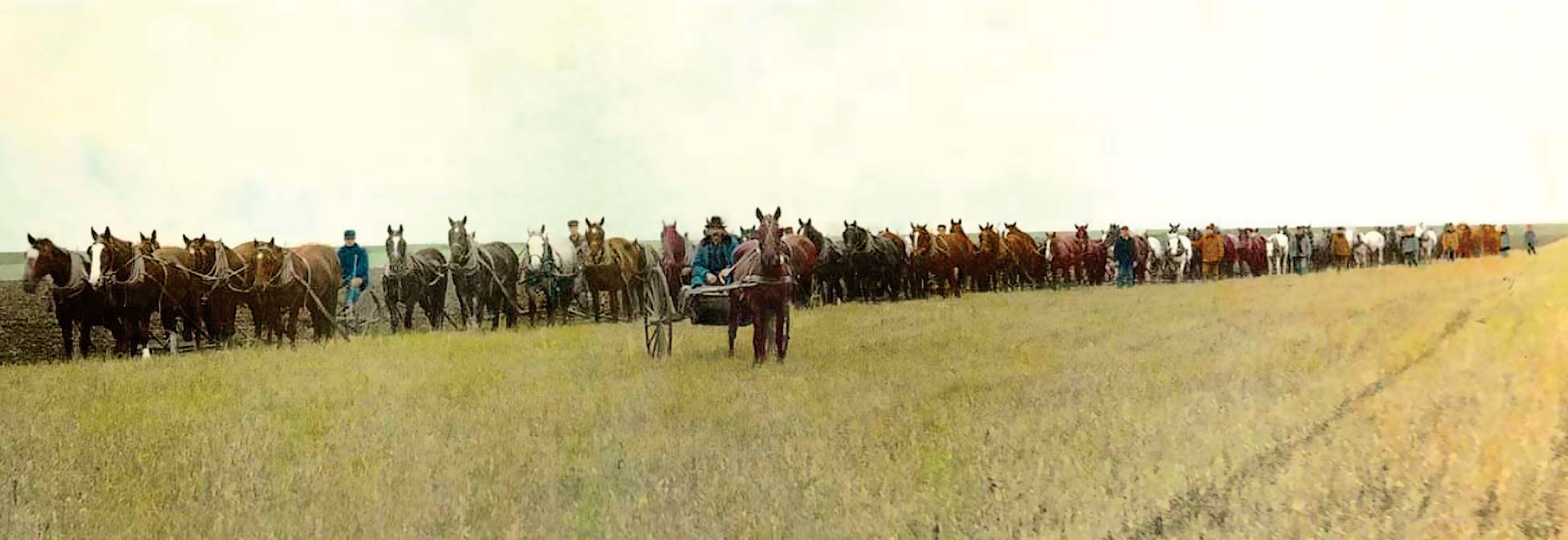
Plowing on the Kingman Bonanza Farm, north of Hillsboro, North Dakota, about 1890. The plowing required 70 horses. Hultstrand Collection, Institute for Regional Studies, NDSU, 2028.490
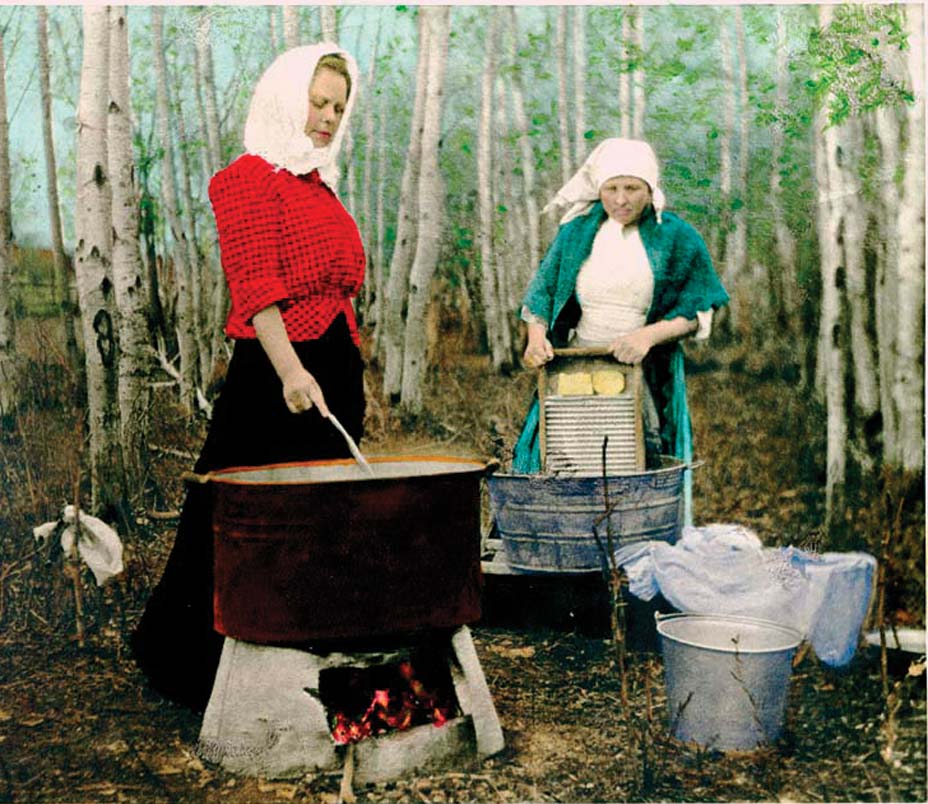
Wash day on the homestead. Hultstrand Collection, Institute for Regional Studies, NDSU, 2028.195
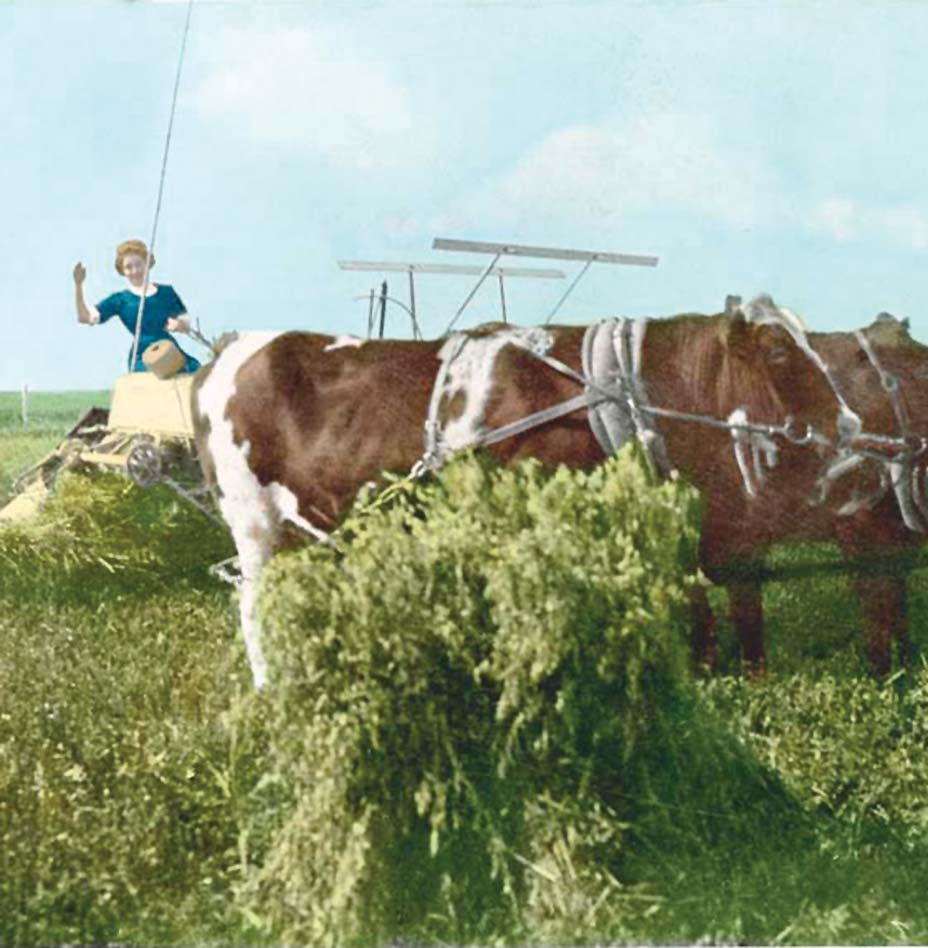
Women did their share of work on the early homesteads. Hultstrand Collection, Institute for Regional Studies, NDSU, 2028.183